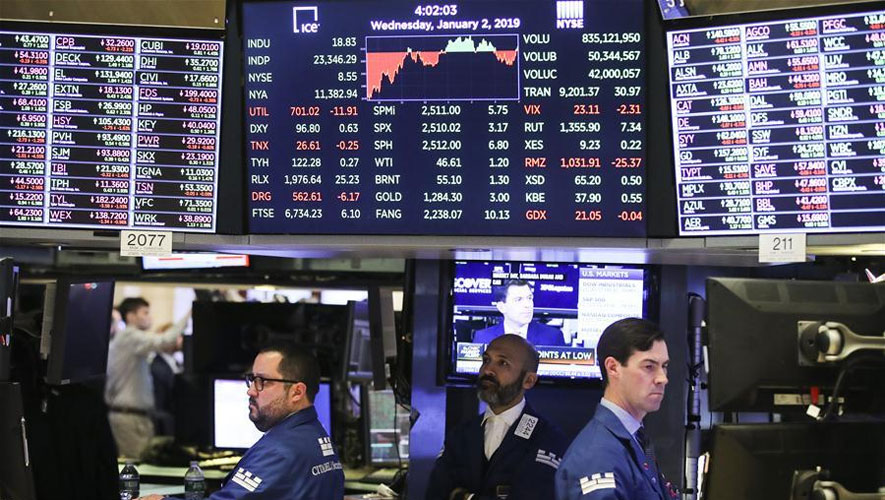Cambodia milled rice (fragrant rice) exports to its single largest market European Union dropped 33.87 percent to 65,552 tonnes between January and April, 2019 from 99,138 tonnes in 2018, signalling a significant fall on the heels of the bloc’s safeguard clause instituted this January 19.
For the latest Cambodian Business news, visit Khmer Times Business
Late December, EU commissioners passed a resolution to impose a three-year regressive tax on rice imports from Cambodia and Myanmar starting with 175 euros per tonne this year. It is followed by 150 euros in 2020, and 125 euros in 2021. The tariff was implemented to protect the interest of rice producers in Europe, particularly Italians and Spanish who were affected by the alleged competition.
However, despite declining export figures to EU, the rice sector made up the loss via exports to the rest of the world.
From January to April, exports rose 8.31 percent to 213,763 tonnes versus 197,352 tonnes in the previous year, on the back of higher rice import by China, and some 44 countries such as Australia, Malaysia, Brunei and Papua New Guinea.
The Secretariat of One Window Service for Rice Export Formality says mainland China alone imported 90,865 tonnes in the first four months this year, representing 42.51 percent of the total rice exports. Its intake for the period grew 80.21 percent from 50,422 tonnes in the corresponding period in 2018.
One of Cambodia’s large rice exporters, Signatures of Asia Co Ltd exported 3,349 tonnes of milled rice in the first quarter of 2019 compared to 5,706 tonnes last year. In February, its export plunged year-on-year (yoy) to 629 tonnes from 2,016 tonnes whereas March exports were down at 843 tonnes versus 1,982 tonnes in 2018.
Interestingly, the value of the rice exports for that period remained unchanged yoy. The FOB (free on board) price of premium fragrant rice ranged between $900 and $950 per tonne while regular fragrant rice was from $760 to $800 per tonne.
Signatures of Asia general manager Chan Pich tells Capital Cambodia that the price remained stable from the fourth quarter in 2018 as a result of consistent demand due to the popularity of Cambodian fragrant rice. It is alluded to its quality, and is cheaper in comparison to Thailand’s, priced around $1,100 per tonne.
Amru Rice (Cambodia) Co Ltd vice president Kann Kunthy says it is difficult to obtain a higher margin from rice exports to EU, hence exporters’ shift to new markets.
Cambodia Rice Federation vice president Hun Lak acknowledges that local rice exporters are flexible and resourceful in finding new markets. As the existing markets are no longer beneficial, exporters need to diversify to ensure that stored paddy is spent.
“More rice exporters are moving to the Chinese market (and) exports to EU will (eventually) slow down. The Chinese market is expected to absorb more rice from Cambodia in the second quarter this year,” Lak says.
Early this year, just days after EU’s commencement of the safeguard clause, China agreed to buy another 100,000 tonnes of fragrant rice, and white rice from Cambodia starting August 2019 to December 2020, bringing the total quota to 400,000 tonnes.
Beijing-based state-owned enterprise, China National Cereals, Oils and Foodstuff Corp and Cambodia signed a deal last month for the former to import the entire quota.
“In the last two years, Cambodia failed to fulfil the export quota of 300,000 tonnes per year to China because production was low and most of the rice was exported to EU,” Lak says.
The combination of China’s huge population and its pledge to buy more rice from Cambodia forms a positive opportunity for the Kingdom and her rice farmers, says start-up Agribuddy Ltd ‘s Cambodia managing director Pakk Yourng.
But to meet the quota, Cambodia needs to improve the capability of rice millers including drying and storage capacity, and boosting funds to buy more paddy from farmers. This requires additional investment from the government and the private sector, he opines, adding that cost for electricity, fertiliser and equipment needs to be reduced to improve productivity.
“With this, millers’ ability to produce more means we would be able to export to more markets,” he adds.
However, Yourng is concerned if Chinese consumers are willing to pay the premium rice price as done by EU consumers. China also exports surplus rice from its imports, which inadvertently makes it a competitor to Cambodia. Therefore, when it comes to stability of exports, China could be a safe market for the short-term but it might not match up to EU which remains an overall affluent market, he feels.




